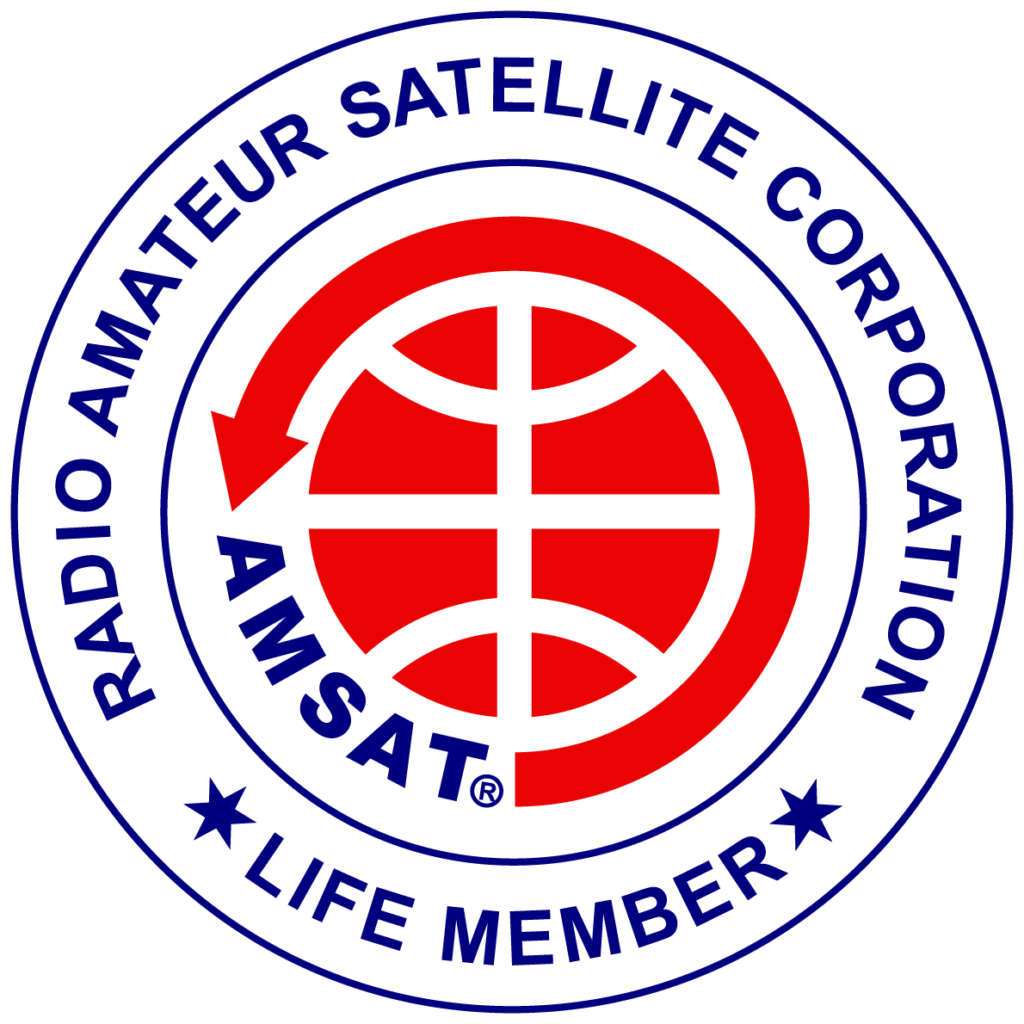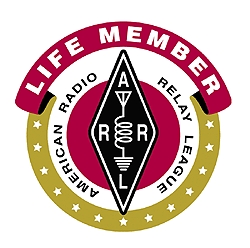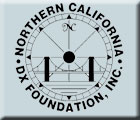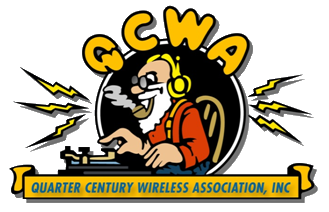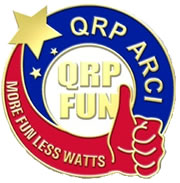I follow a fairly large number of groups that are associated with various aspects of Amateur Radio or Electronics. I’ve seen a lot of discussing pro and con about FT8. My personal view is that Amateur Radio should be as big a tent as possible. If someone finds something about the hobby that excites them and gets them on the air making contacts that is a good thing. So all the FT8 folks are doing good things for the hobby, and those that chose to complain would better serve the hobby by simply moving on.
That said, three things REALLY disturb me about the FT8 discussion, because they are based on misinformation and/or a poor understanding of what is going on.
First misconception is that FT8 is automatic. You turn on your radio, start the program running, and come back a few days later to see what you have worked. That is absolutely false. Yes the timing requirements are such that having a contact proceed without automatic sequencing would be difficult (and would waste time slots). But the user must initiate the contact. I did a bunch of RTTY work and shifted to other modes like PSK31 with the times. I don’t see anything more evil about FT8 than the folks that used to send “Brag Tapes” that would endlessly drone on about their gear. Honestly anyone who has ever used a program like HRD will find that a PSK31 contact isn’t much less automatic than a FT8 contact. Click a mouse, punch a function key twice and you have your contact complete and in the log.
Second misconception is the a whopper — FT8 somehow magically decodes signals below the noise floor. That simply isn’t true. The MSFK FT8 signals are VERY narrow (6.25 Hertz per tone), and the computer is using VERY narrow filters to detect those signals. But the individual bits, when looked at at the appropriate bandwidth, are about 9 dB ABOVE the noise floor at a minimum. Some might wonder why WSJT-X displays numbers like -18 or -24. Isn’t that 24 dB below the noise floor? Well that figure is referenced to a 2500 Hz wide bandwidth (a standard SSB signal), which is why the numbers seem so small. But take a look at the waterfall and you will see there is no magic going on. A fellow named Claude Shannon, way back around 1948, proved mathematically that no signal can be decoded lower than 1.6 dB below the true noise floor despite any amount of filtering or processing. In real life most systems require 5 dB above the noise floor or more.
Last misconception has to do with time keeping, with many folks opining that the clock must be accurate to milliseconds to decode. While it is true that having your PC clock within a second of accurate time is good, it is not uncommon to work people whose clock is 2.5 seconds off. The other thing is that the only thing that does matter is that the seconds are accurate. This is so everyone starts decoding bits at the same time.
It is pretty easy to set your clock based on WWV and get it more than close enough.
OK, off soapbox. Happy Holidays from the big tent.


